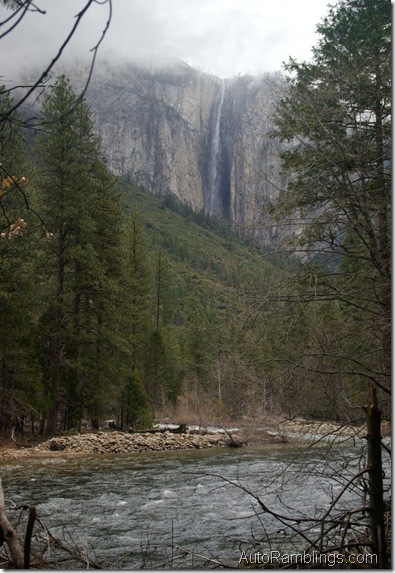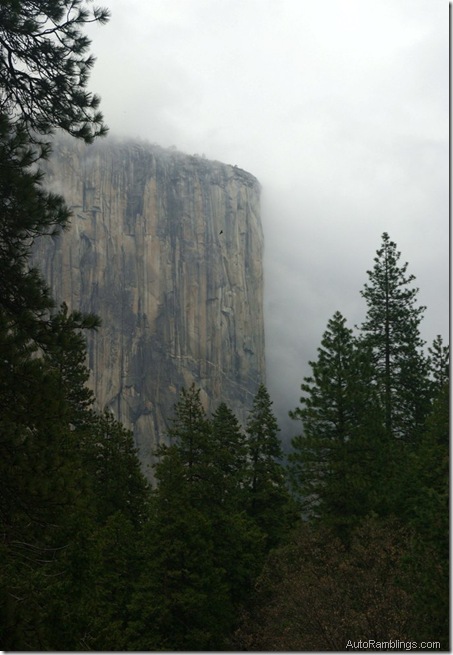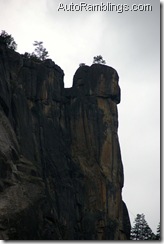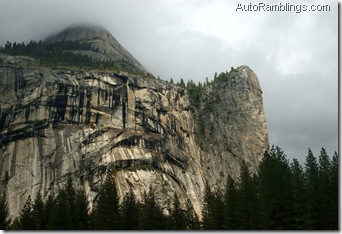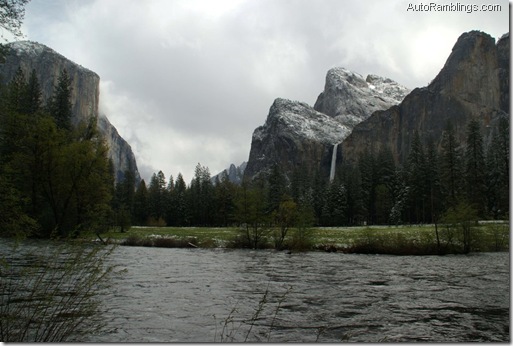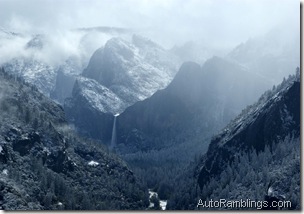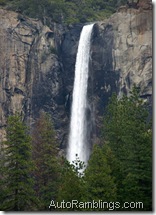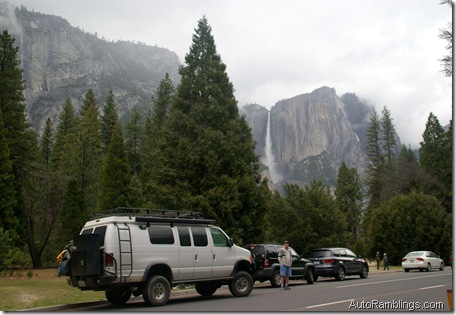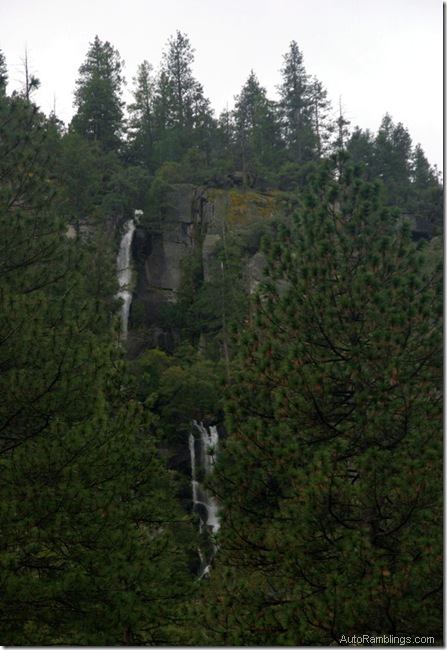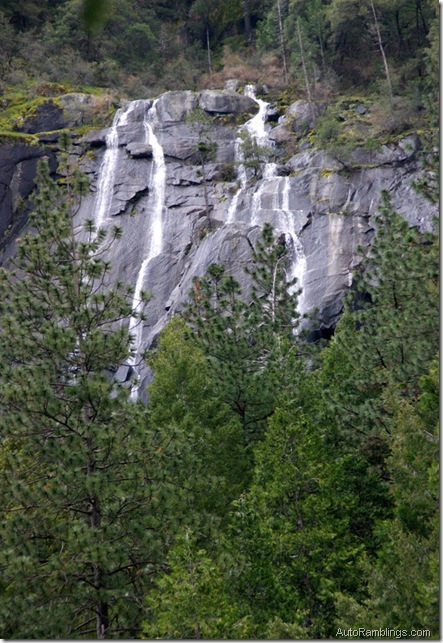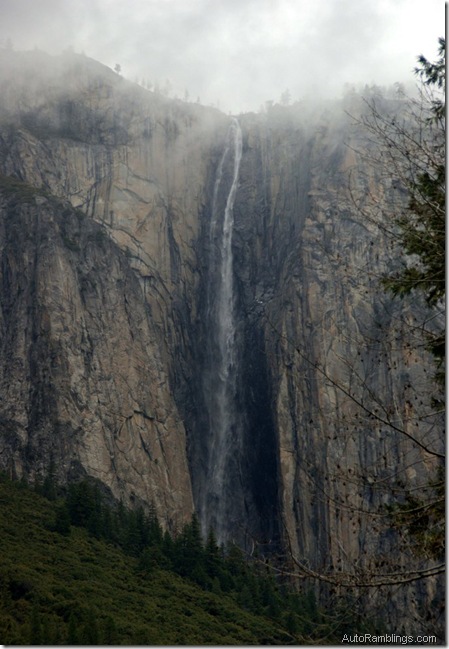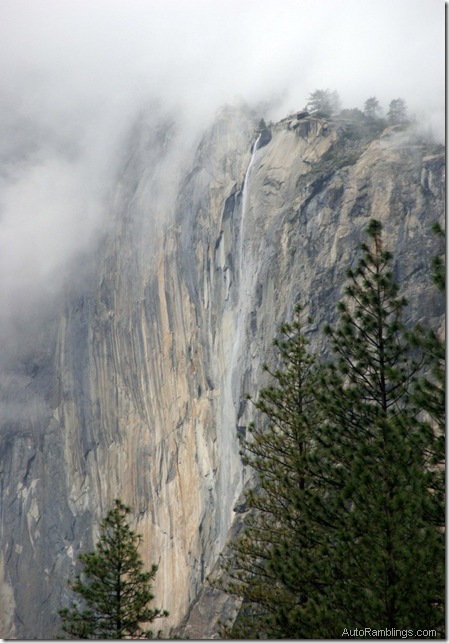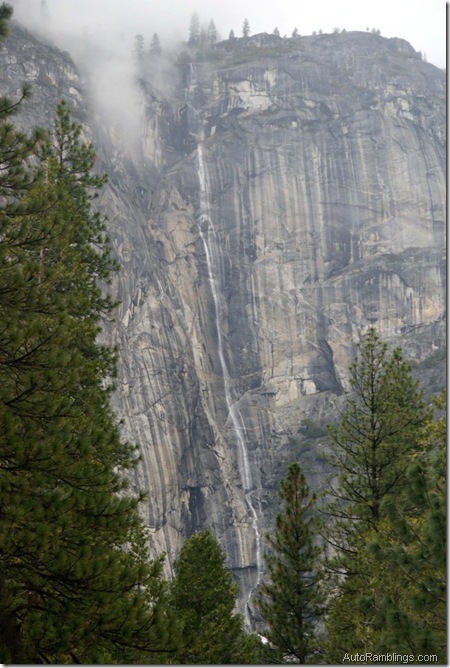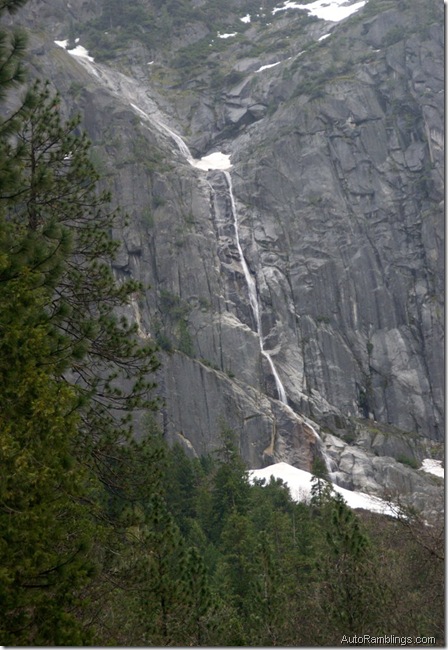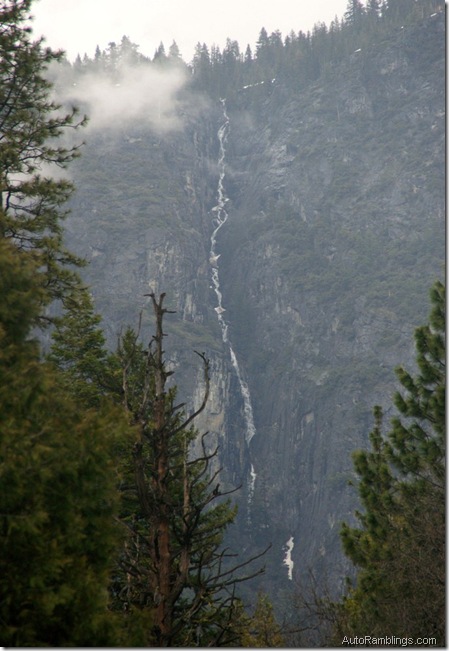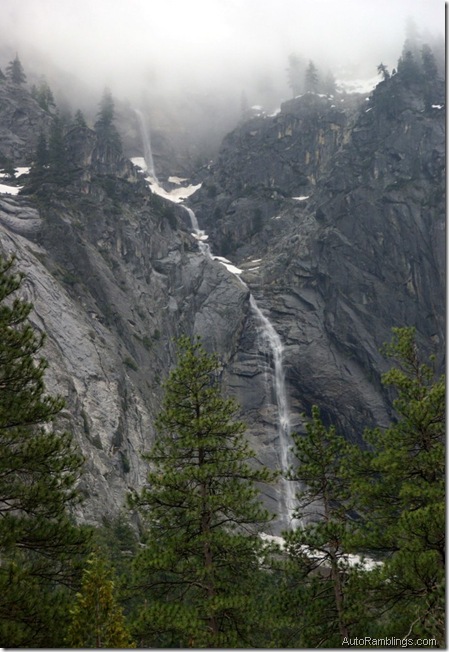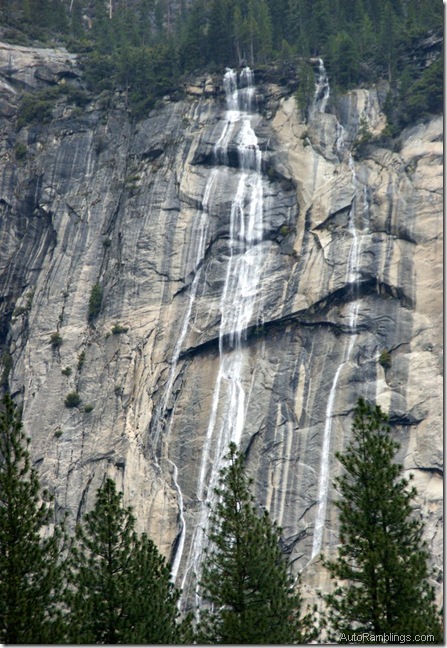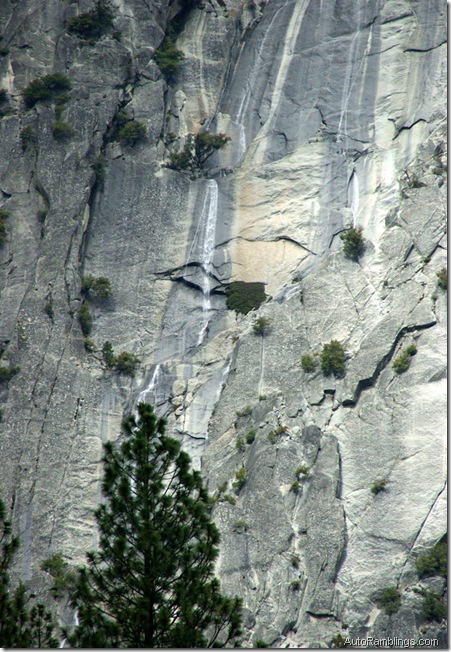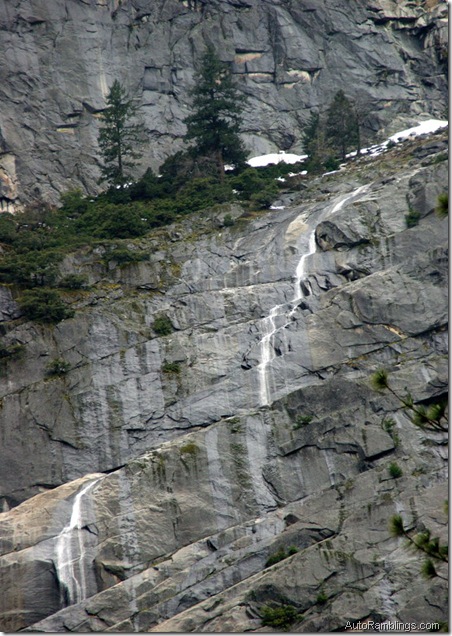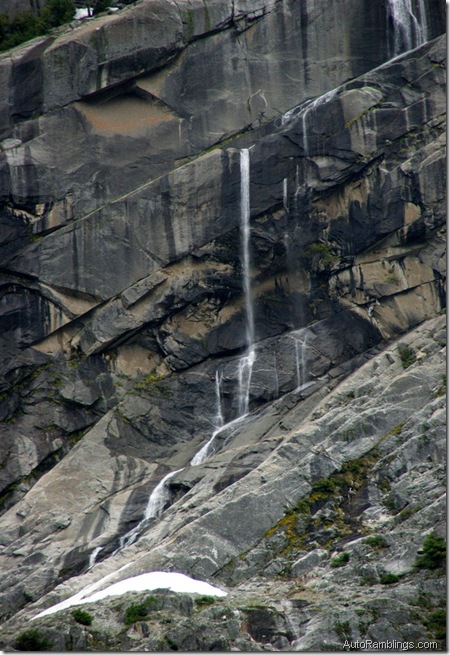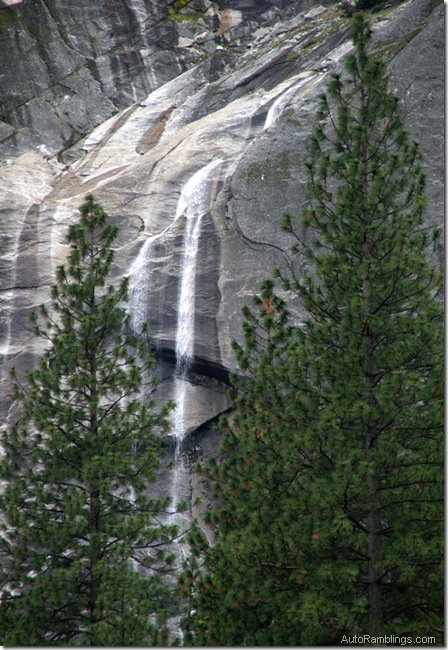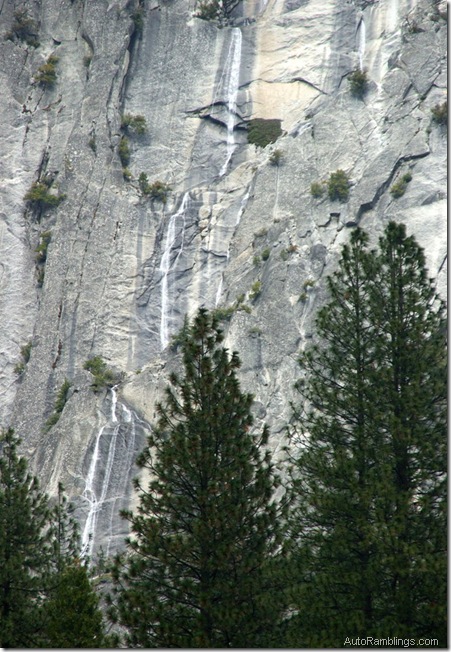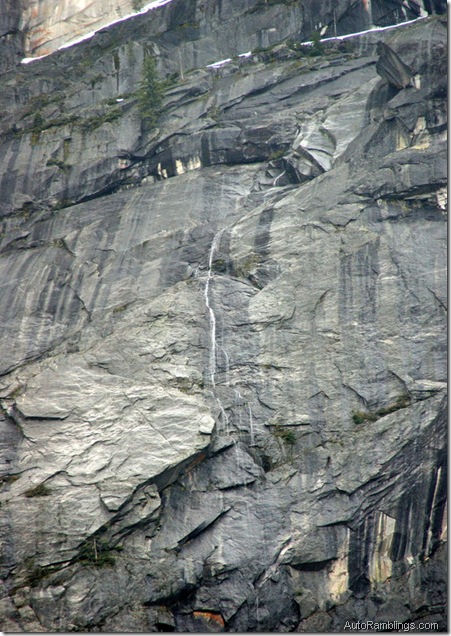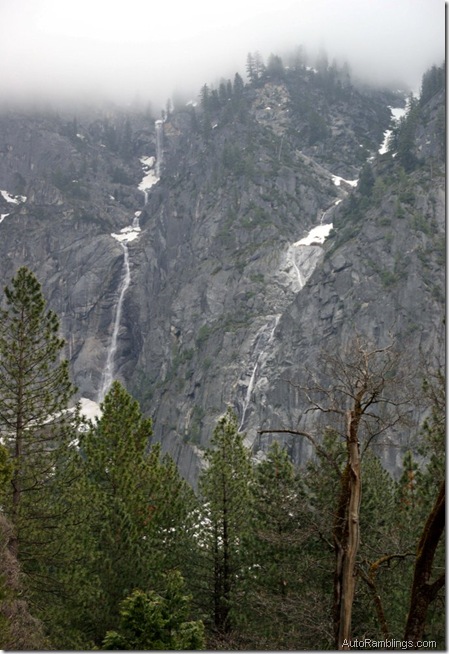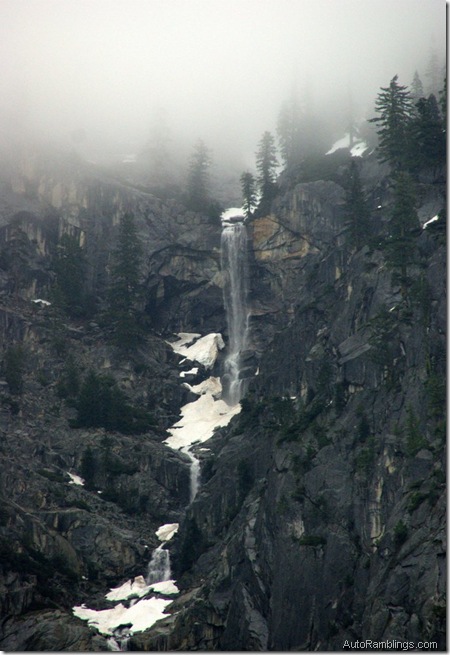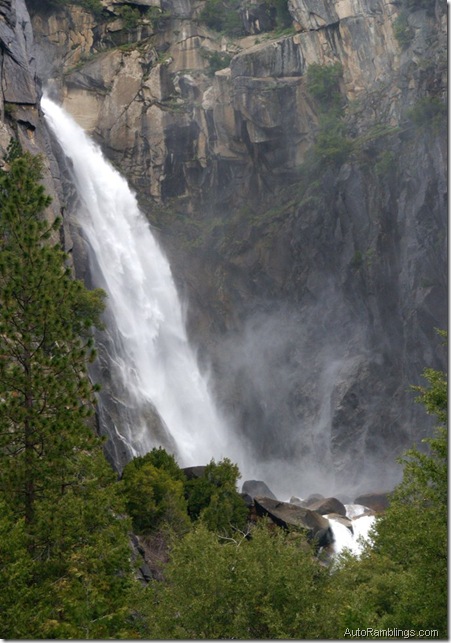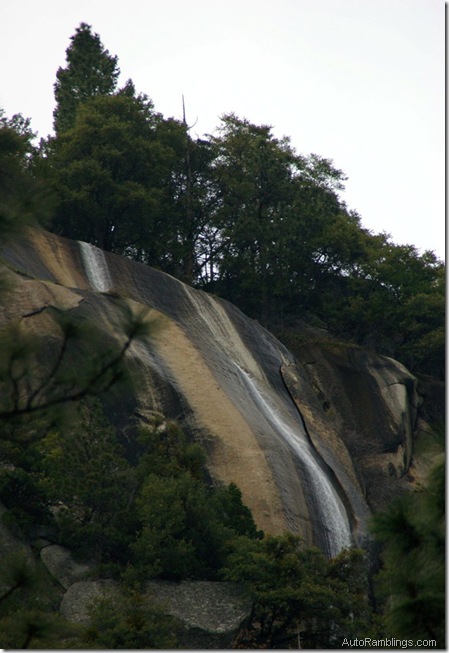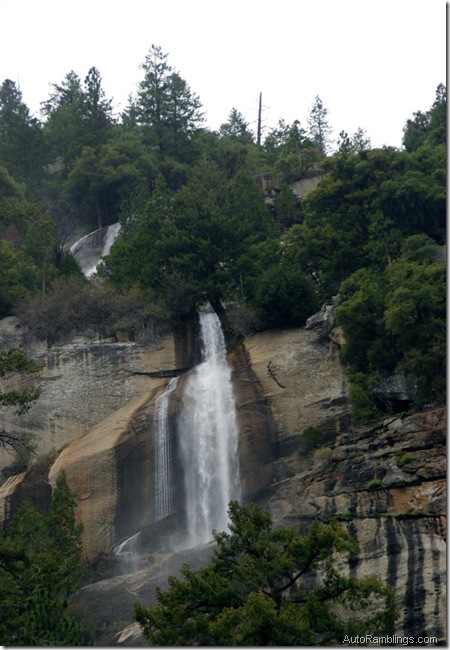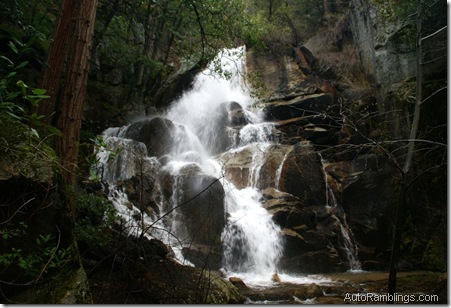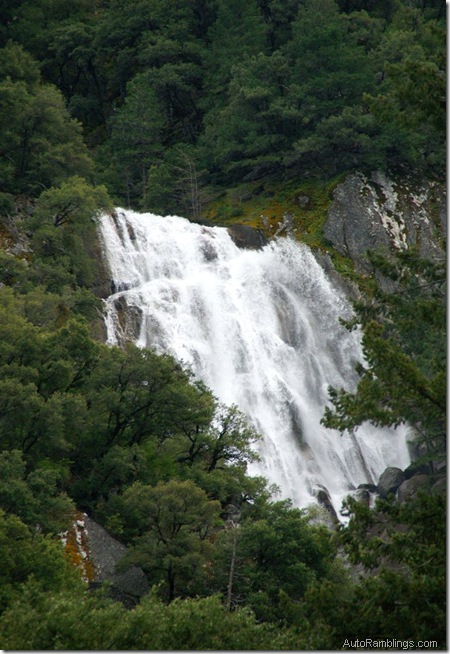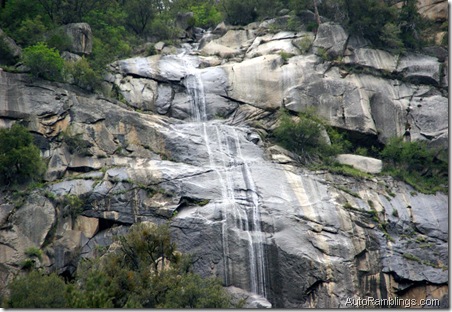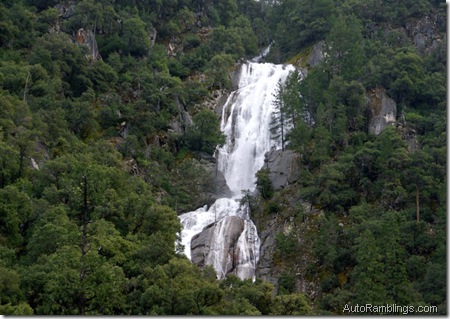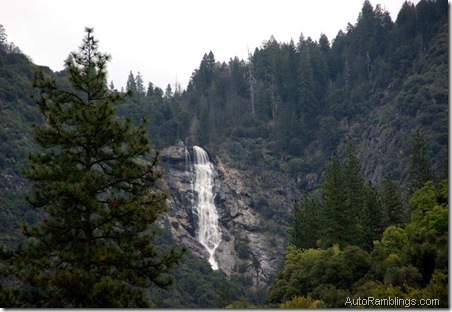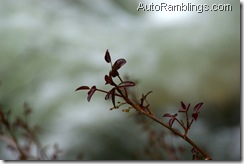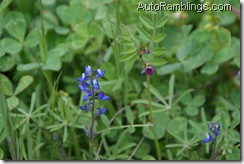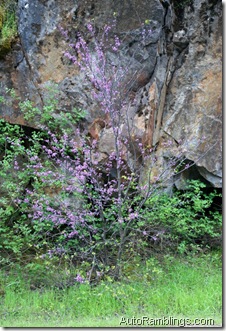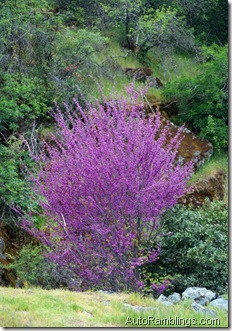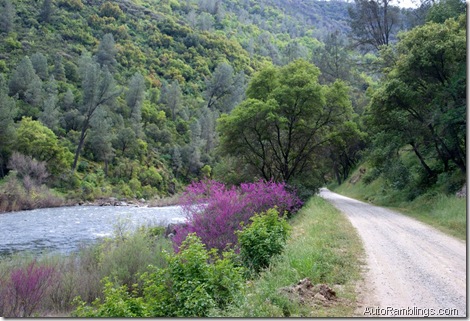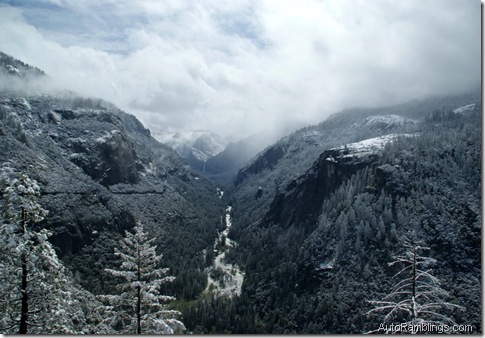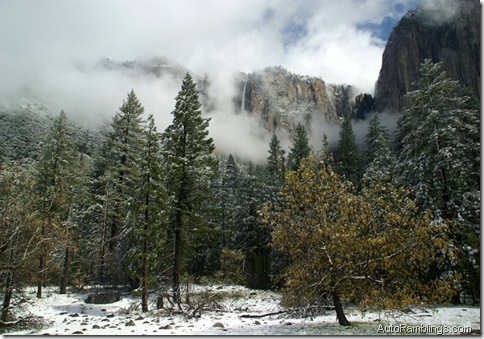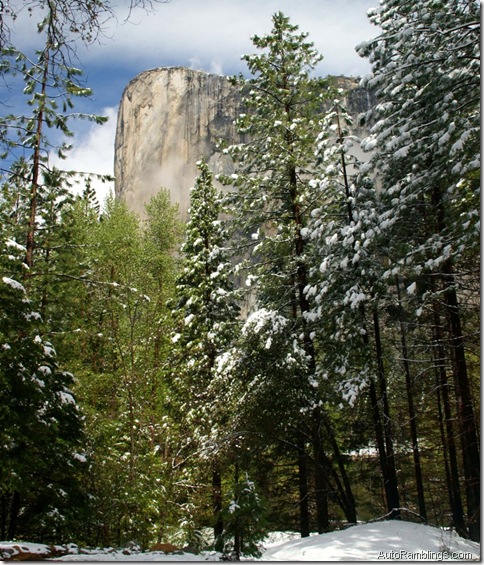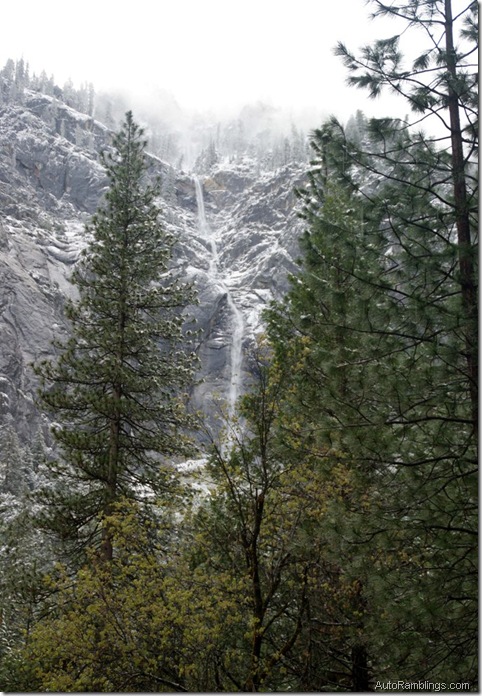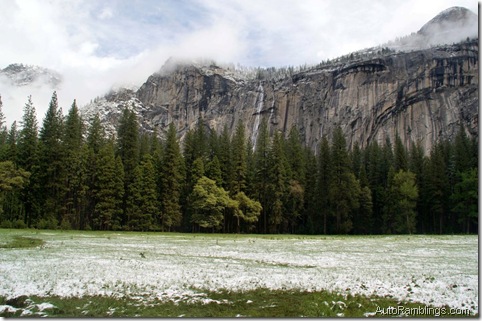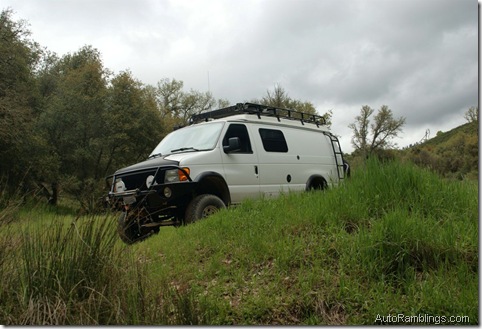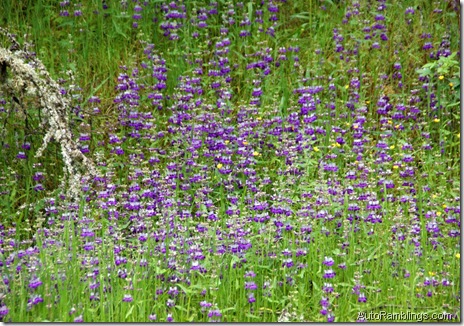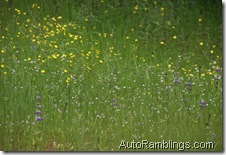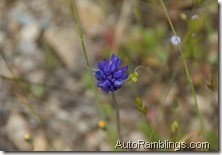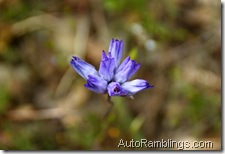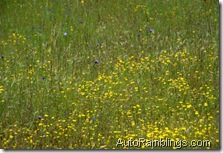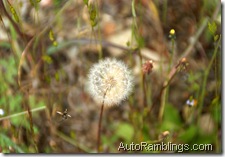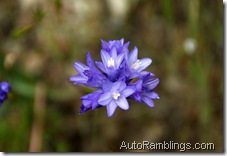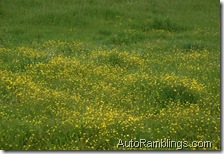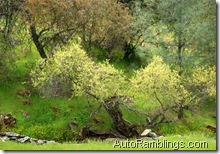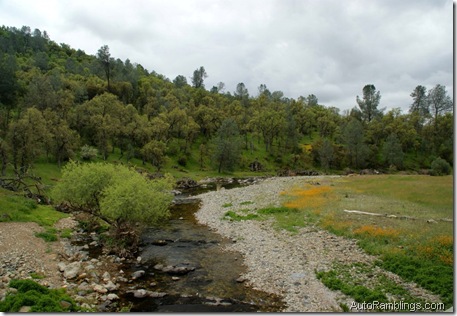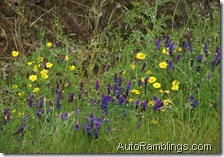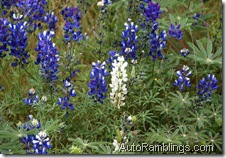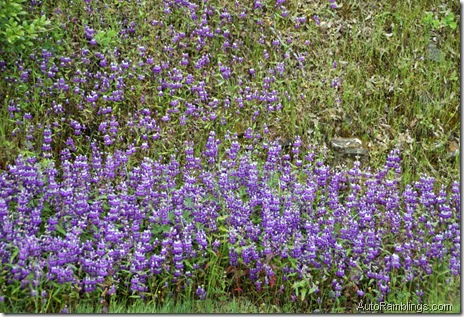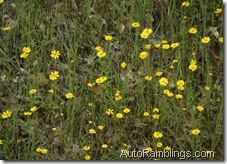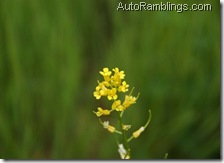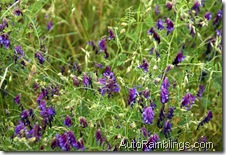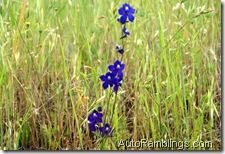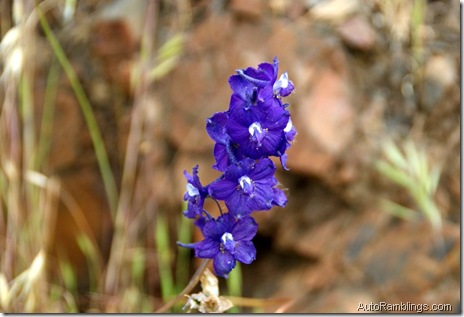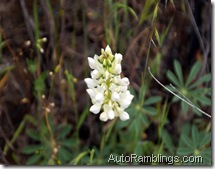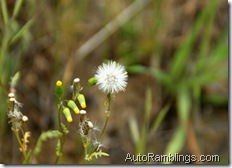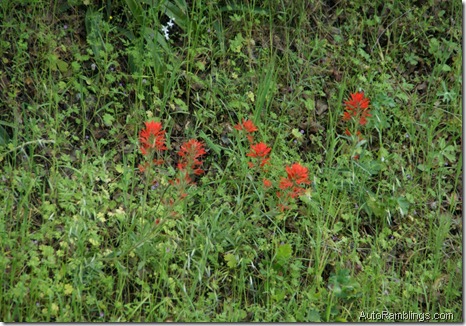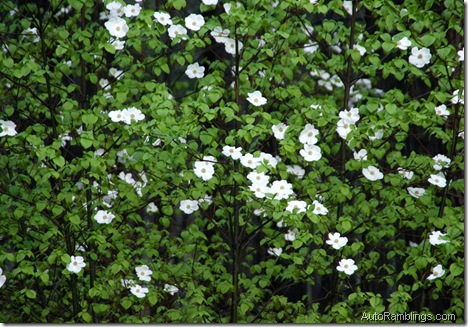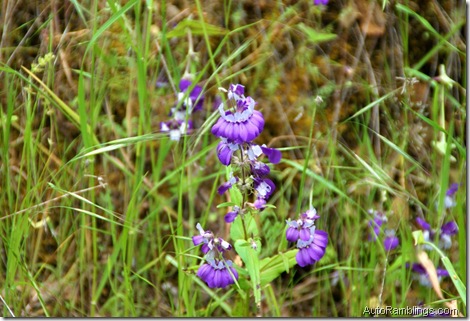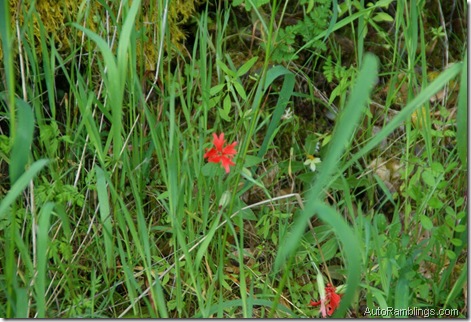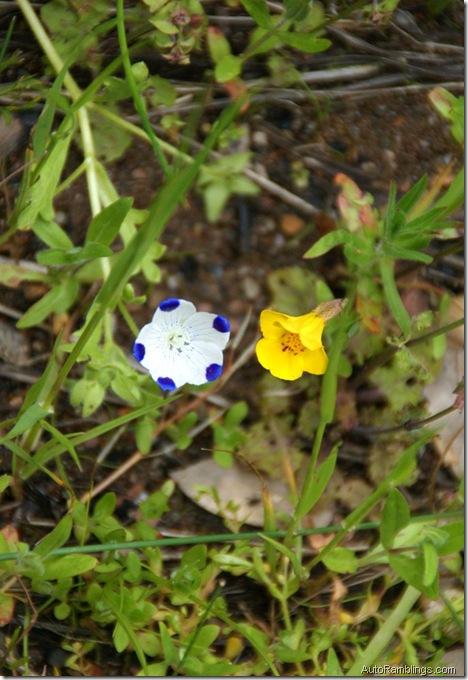Yosemite’s lesser waterfalls
Posted on June 1st, 2011 in Uncategorized | No Comments »
By Dave Boyer
Please click on smaller images to enlarge them.
A visit to a National Park can be an adventure in life that will almost always put a smile on the face of a traveler. These extraordinary spots located throughout the United States have been made into a national park for some reason, usually because of some unique twist of Mother Nature or a man made wonder of some type. so the chances of seeing something spectacular is highly probable for the visitor. Whether a human marvel or a product of Earths ongoing natural changes, national parks usually pack in the masses. Unfortunately being around large groups can be less than pleasant at times for some of us. I know I’m that way. Ah…the typical tourist; you got to love them because at one time or another you’re one yourself. I’ve been to Yosemite National Park so often over my lifetime that I usually steer clear of the valley floor due to the overcrowding and traffic. Obviously I wouldn’t suggest avoiding Yosemite, or any other national park for that matter because of “zoo effect???. Seeing something spectacular for the first time often negates the hoards of sightseers bumping into you when you’re trying to get that perfect photograph. But there are times when it’s worth a visit even if it’s crowded. Maybe it’s a seasonal change such as when the trees turn color in fall, a desert flower bloom, or when the first snowfall arrives. With Yosemite it’s easy to figure that the prime time to visit the park is when the waterfalls are at their peak. Even though the major waterfalls are impressive throughout spring and early summer, sometimes the Park’s lesser falls put on a good show.
2011 produced a peculiar spring season as far as the weather had been concerned. The climatologists called for an extremely dry year, but again, the “weathermen??? were wrong. Not that I’m complaining, we always need all the wet weather we can get and boy did it hit hard in 2011. It was nice to see green hills late into April. The snow pack was huge in the high country and heavy snow in April at 2000 feet and latter in May at the 3000 foot level was definitely not the norm. At least it keeps the lakes full. The rivers that were close to flood stage earlier finally dropped down to reasonable levels but we were still waiting for the spring runoff during this writing. It might be big one if the hot weather hits quick. I learned along time ago not to attempt to outguess the weather. Mother Nature wins a fair amount of the time, and the words “best guess??? seems to prevail often. Our weather has varied so much since we started taking accurate records, that it seems we just don’t have the knowledge built up to make long term predictions yet. This year is a prime example. Where is the farmer’s almanac? ![]()
During April and May I made a few trips up into the Sierra’s. As of mid-May most of the areas above the 4000 foot level were still closed off. The snow pack in some locations was 198% of normal, second highest since records have been kept. At the opposite end of the spectrum, areas in the lower foothills were beginning to warm to levels where some of the grasses started turning brown.
I was lucky to hit Yosemite Valley after a series of large storms systems had passed through. The time I had to visit the valley was short so I wasn’t able to use a tripod for those better than average pictures but some came out OK. For the professional photographer it would have been a fortunate time to visit the valley. In all the times I’ve been to Yosemite, conditions like this are kind of rare. Many of the higher peaks were clouded over and I never did see Half Dome reveal itself on either of the trips, but the waterfalls were abundant. They say a picture is worth a thousand words yet nothing beats being there. Toward the end of May the snow level lowered to below 3000 feet where, on the second outing, I awoke to over six inches of snow. Once again Yosemite was hit with cold temperatures and the snow level was well below Hetch Hetchy Reservoir, something that is way out of the norm for this time of year. Both trips were impressive and each had something different to offer, making the visits memorable and something I’ll never forget.
Obviously, Yosemite is best known for its rock formations. Some of these monoliths, such as El Capitan shown above are big crowd pleasers, but many of Yosemite’s granite outcroppings sit in the shadows with less notoriety waiting to be glimpsed by onlookers exploring the wonders of the valley. Within the confines of the valley, every rock wall has something to offer.
Some of the best views are historic vista points that have become prime tourist stops.
It’s a toss up if you ask someone what comes to mind when you say “Yosemite???, but I’m sure many would say “waterfalls???. Falls like Bridalveil shown above and the Upper Yosemite Falls pictured below are breathtaking to say the least.
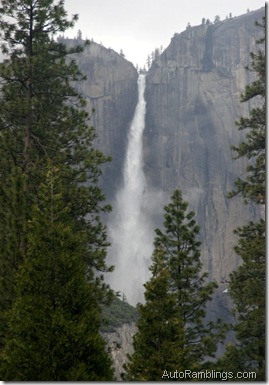 Generally it’s these heavyweights that get all the attention and seeing them in person is a unique experience especially when the water is running fast and hard. Just imagine what the first explorers thought when they saw these falls.
Generally it’s these heavyweights that get all the attention and seeing them in person is a unique experience especially when the water is running fast and hard. Just imagine what the first explorers thought when they saw these falls.
Horsetail and Ribbon falls take a back seat to Yosemite and Bridalveil. The valleys other two famous falls, Nevada and Vernal are only visible by trail or from Glacier Point. Some other large falls are located in the Hetch Hetchy area as well. The backcountry also has some impressive waterworks.
But the sheer vertical nature of the cliffs offers the perfect opportunity for heavy runoff to form smaller waterfalls. Most the pictures below were taken off the major roadways while we took a quick drive through the valley.
Even the lower portion of the valley and areas closer to the edge of the parks boundary had falls, some of which I’ve never noticed.
On the way back to camp we stopped for a few shots along highway 140. This highway is actually quite scenic during late winter and early springtime.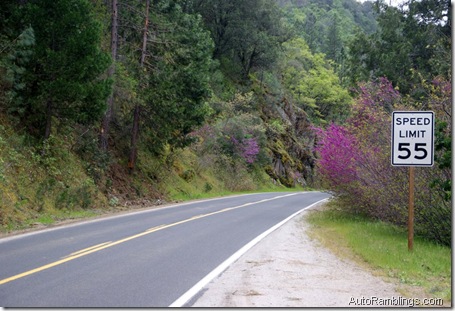
When the Poison Oak starts to show color, you know the dry season isn’t too far off.
Still, This year has had so much water that the plants were still green. It won’t be long before all of this area is dry especially at the lower altitudes.
Normally the camping below Yosemite in May is too hot along the Merced River for a comfortable stay, but it was great this year. Everything stayed green and the flora was very colorful.
On the second trip into Yosemite valley, the snow level was much lower and although there were fewer falls, the snow was a beautiful sight in itself as shown below.
I almost always prefer to take the scenic way back home. The lower foothill usually produce a heavy California Poppy bloom between late March and through May but this year the poppy barely showed itself.
Fortunately other flowers really put on a show and even this late in the year I was able to find an abundance of color.
I always enjoy an extended spring season. Weather like this only happens a couple of times each decade and It’s obvious that with the heavier snow pack situated in the high country this year, Yosemite’s classic waterfalls will be active throughout most of the summer. People visiting the valley in July will see the larger falls putting on a good display, but a visit to Yosemite Valley during a heavy spring rain storm has its own merit and seeing these lesser falls in action is truly a unique experience.
Thanks for reading Sportsmobile 4×4 adventures.

